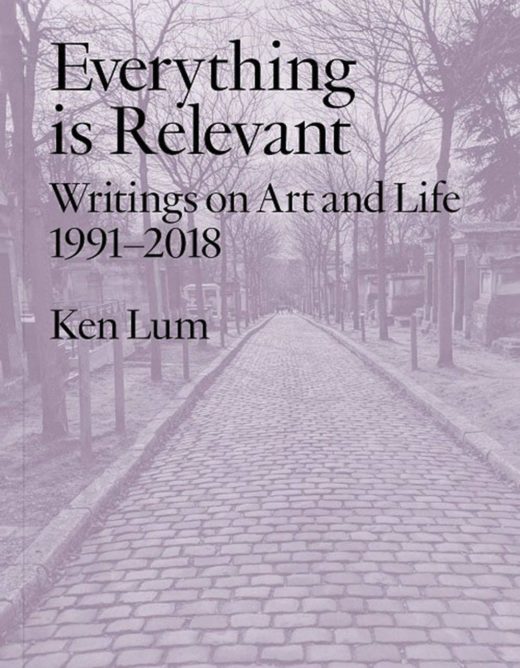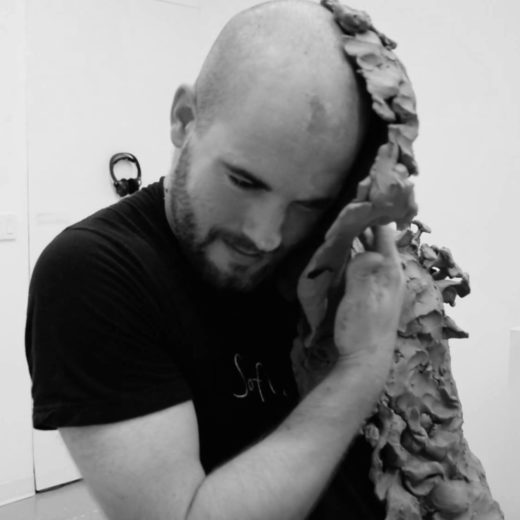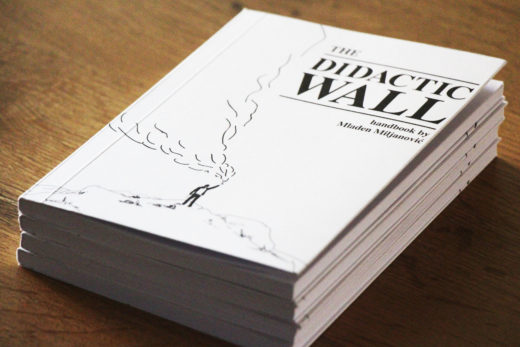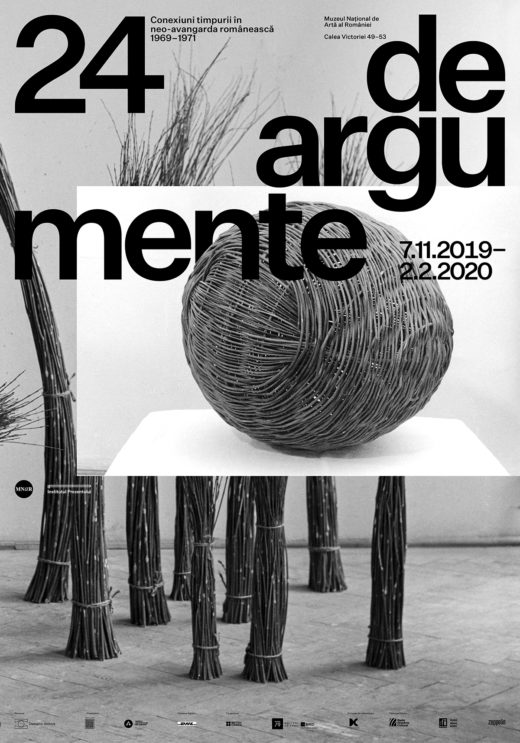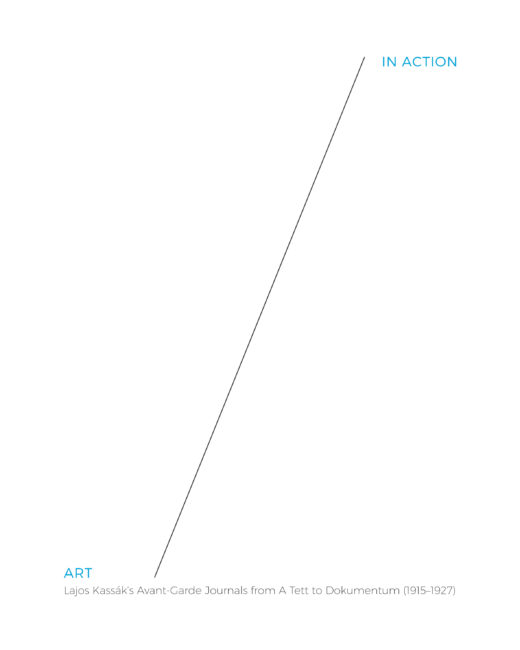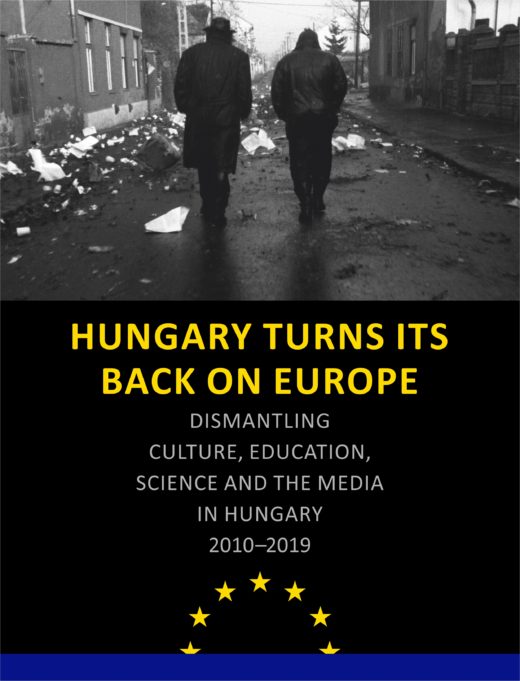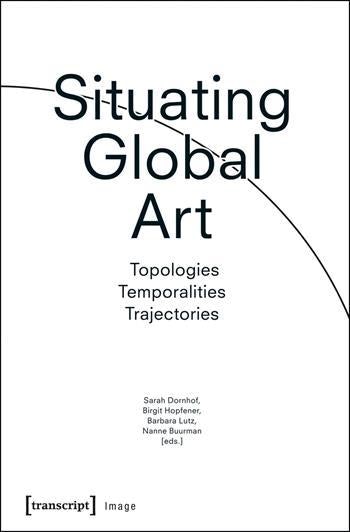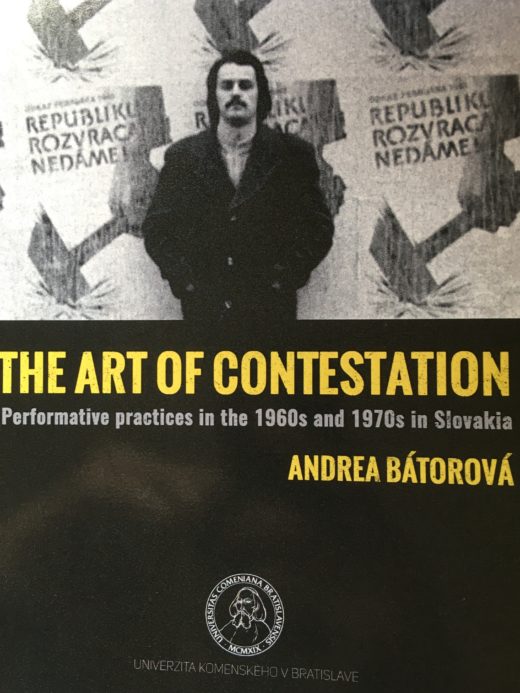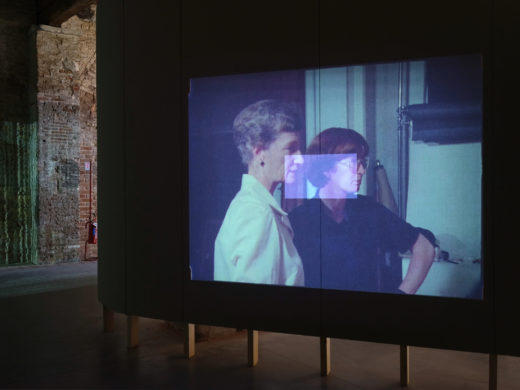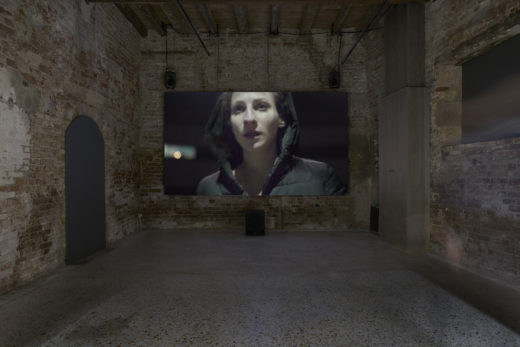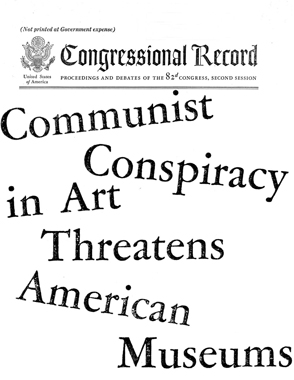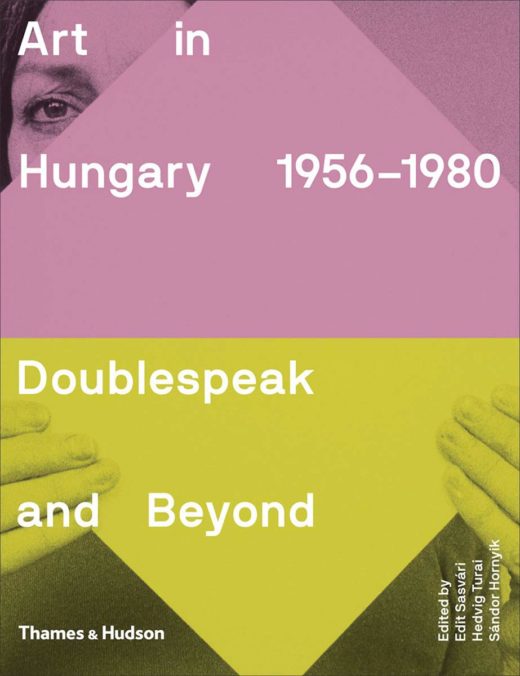Everything is Relevant: Ken Lum’s Writings on Art and Life 1991-2018
Ken Lum, Everything is Relevant: Writings on Art and Life 1991-2018 (Montreal: Concordia University Press, 2020), 320 pp.
Ken Lum’s collection of writings Everything is Relevant offers an insightful inquiry into the complexities of the contemporary art world from the perspective of an artist, curator, and educator who refuses to be confined by aesthetic, cultural, or professional categories. Primarily known as a conceptual artist, Lum creates works that interrogate how we assign meanings to images, texts, and objects based on cultural, racial, and social cues. Whether puzzling the beholder through incongruous visual signs or evoking overlooked historical narratives, his practice … Read more

